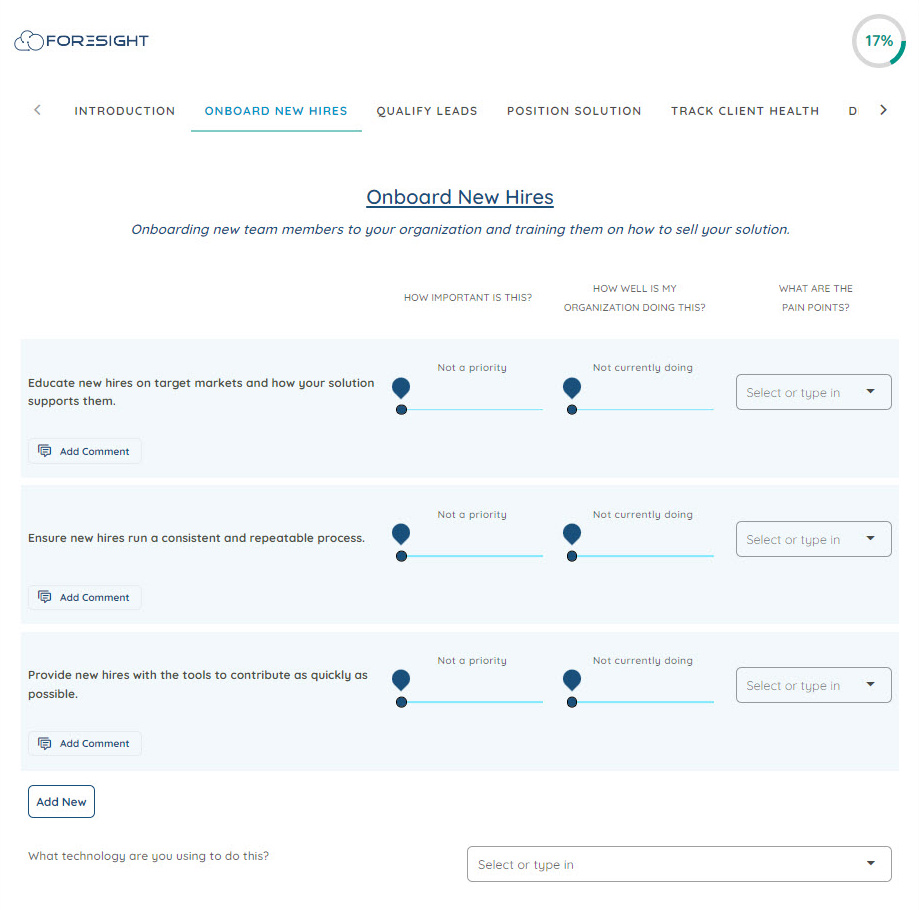Feel like you are constantly behind? Lying in bed stressing about that client you haven’t spoken to since 2021 who renews next month? Been hearing about the “new hires coming” for eternity? If you are or have been in a B2B SaaS post-sales role then please accept my apologies for the PTSD the above might have triggered.
Post sales teams – primarily Account Management and Customer Success – have gotten some well-deserved time in the spotlight recently as more companies recognize and appreciate the importance of not only selling software but delivering successful outcomes. We can see this with Client Success having made its way into the C-Suite, metrics like NRR become central to financial reporting / calculating valuation multiples, and the whole new wave of CS influencers preaching their gospel on LinkedIn.
Despite this recent attention, on the inside these teams are notoriously resource-constrained and seemingly always playing catch up. While this article is about what you can to do help ensure every minute spent has the greatest client impact, it’s first important to understand why the post-sales roles of Account Management / Client Success continually face this predicament.
Why is Account Management / Customer Success so Hard?
Unlike Sales or Implementation – where engagements are defined by a distinct beginning and end and thus there is a natural balancing to workload – post-sales teams are operating in an addition-only world: clients just keep on coming.
Even if (and this is a big if) your company is hiring at a rate that keeps pace with incoming new clients, these new hires inevitably take time – and bandwidth from existing team members – to get up to speed and learn all of the technical nuances to be effective in their role.
As an AM/CSM with a book of business, this creates a constant pressure in a high-stakes environment: there are only so many hours in the day and with each new client assigned, the time that is available for each account is reduced. With client retention on the line, prioritizing where to spend your time and maximizing the value of each minute spent is absolutely critical and can be the difference in saving an at-risk account or identifying an upsell opportunity.
What You Can Do
Most organizations have formalized some sort of check-in meeting with a client. Whether called a QBR / SBR / Account Review / etc., it’s expected that on some recurring basis there is a meeting to see how things are going. This is fantastic and these meetings are the cornerstone of a strong client engagement strategy but a key shortcoming we see in companies of all shapes and sizes is in making this a presentation rather than a collaborative discussion.
Ultimately there is one and only one party who gets to decide how happy they are with your software: your client.
While likely obvious, this fundamental truth is far too often overlooked and holds the key to maximizing the efficiency of post-sales teams’ time.
By embracing a process of engaging your clients and letting them set the list of priorities, post-sales teams can ensure that all time is spent on the accounts who need it and the things that are important to them.
Here’s a quick summary of our favorite process to help your team do more with less:
1. Engage Clients for Account Review
Typically 3-5 months prior to a renewal, every single account is scheduled to go through an Account Review session. Before any prep work is done, post-sales engage the client and ask for their insights into how well the various different business needs that can be supported are being supported.
Sent in the form of an assessment (we use our own Foresight technology but have seen this done in Excel / Word docs / etc.) prior to the meeting, this exercise gives your client a no-pressure opportunity to both learn what all they can do and critically reflect on how things are working / what else they need.
2. Create Review Agenda
Once a client has filled out the assessment, these insights give post-sales teams the information they need to create an agenda according to the client’s direct feedback, rather than assumptions they have about what a client should be doing.
By taking direct feedback and structuring a forward-moving plan accordingly, you can avoid putting unnecessary work into clients who are either totally satisfied with how things are or on use cases they just don’t care about.
3. Account Review Meeting
With each side having done the appropriate preparation – your client knows what is possible and has identified their priorities / your post-sales team has taken their feedback and put together some ideas for what can be done – your meeting can be spent agreeing on how to implement desired solutions rather than learning about problems / proposing unwanted solutions.
The beauty of this process lies in only doing work that matters. You need client insights to know what matters but, once captured, we have seen the above save quite literally hours of work in a given week for AM/CS reps. All it takes is a bit of preparation and structure!
We love talking with post-sales leaders and executors about how they tackle the many challenges that come with delivering successful outcomes. For more insights like the above sign up to our newsletter / engage with our social content / and don’t hesitate to reach out if you ever feel like speaking live!


